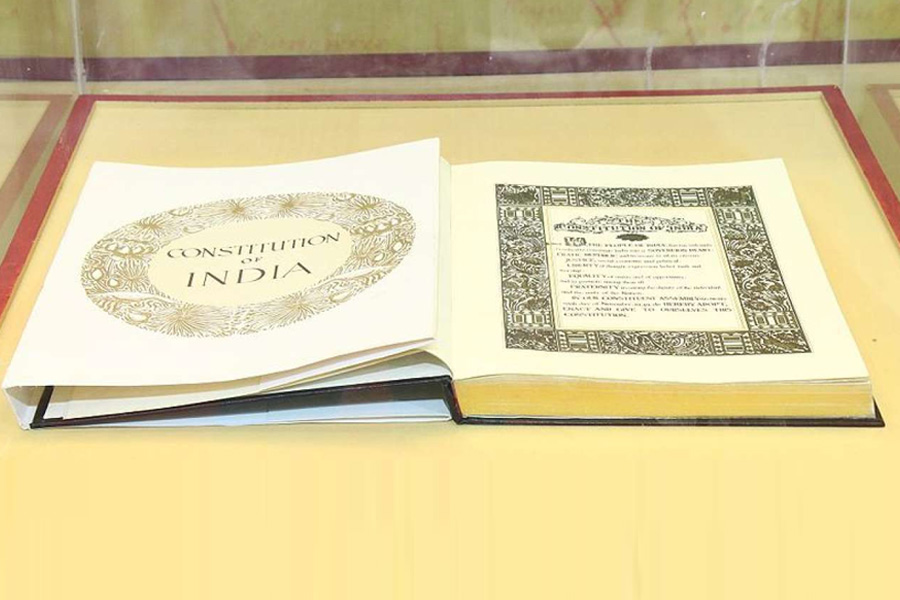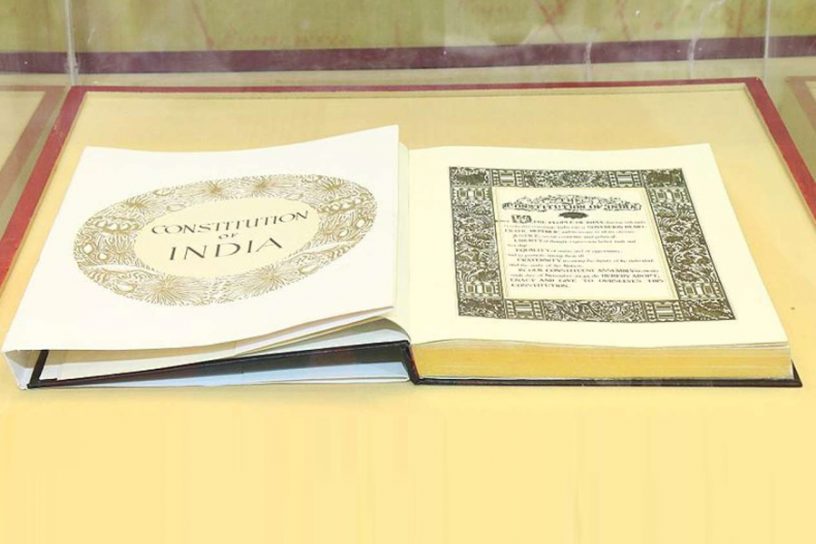
The researchers make a case for the formulation of a doctrine of living constitutionalism which they think will be more resilient to anti-democratic challenges.
Authors
Shivangi Gangwar, Associate Professor, Jindal Global Law School, O.P. Jindal Global University, Sonipat, Haryana, India; University of York, York, United Kingdom.
Aishwarya Pagedar, Assistant Professor,Jindal Global Law School, O.P. Jindal Global University, Sonipat, Haryana, India.
Summary
One popular understanding of the Indian Constitution is that it is a living document that evolves with time. Even though this metaphor has been used consistently by all three branches of the Indian state, its use in Indian legal texts is underexplored—as of most metaphors generally. In this article, we critically evaluate the application of the living metaphor in Indian constitutional discourse.
We first provide an overview of the use of metaphors generally, and especially in the legal field. We then identify the origins and trace the use of the living metaphor by studying select Supreme Court judgments which have likened the Constitution to a living text and analyse the Court’s reasons, if any, for doing so.
A comparative analysis of how the Canadian, US, and Australian courts have employed the living metaphor demonstrates how the Indian experience differs in its application of the metaphor. We find that the Supreme Court has used different variants of the living metaphor, primarily to expand the ambit of Part III of the Constitution. However, due to the inconsistent and unreliable use of this metaphor, we find that this has the potential to lead to illiberal results. We thus make a case for the formulation of a doctrine of living constitutionalism which we think will be more resilient to anti-democratic challenges.
Published in: Jindal Global Law Review
To read the full article, please click here.


